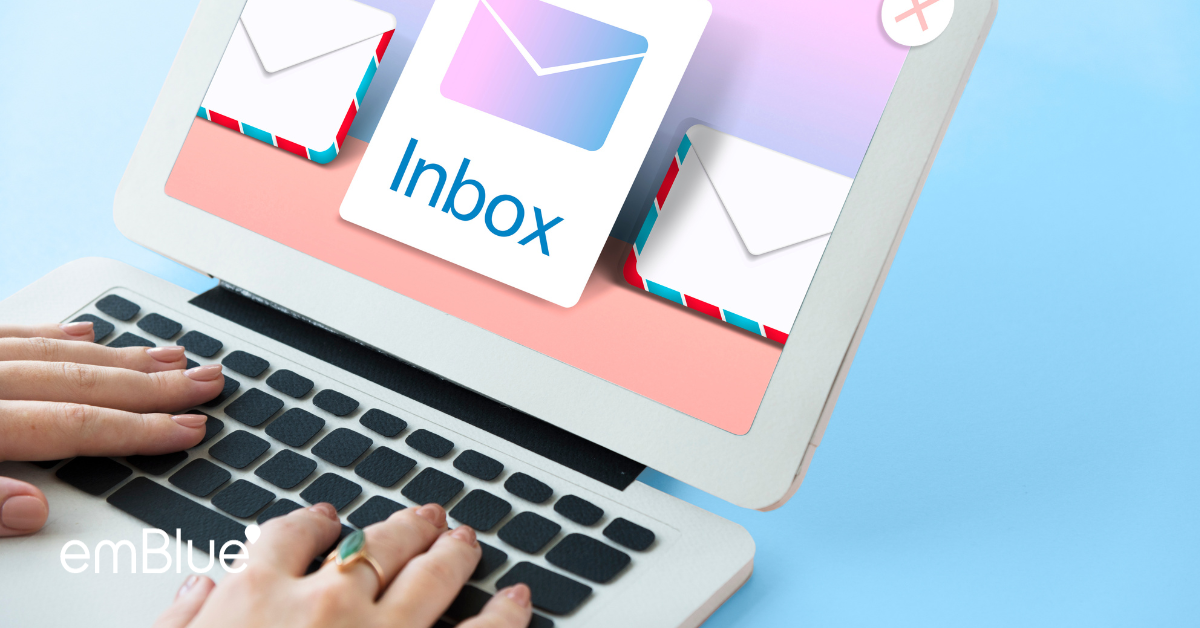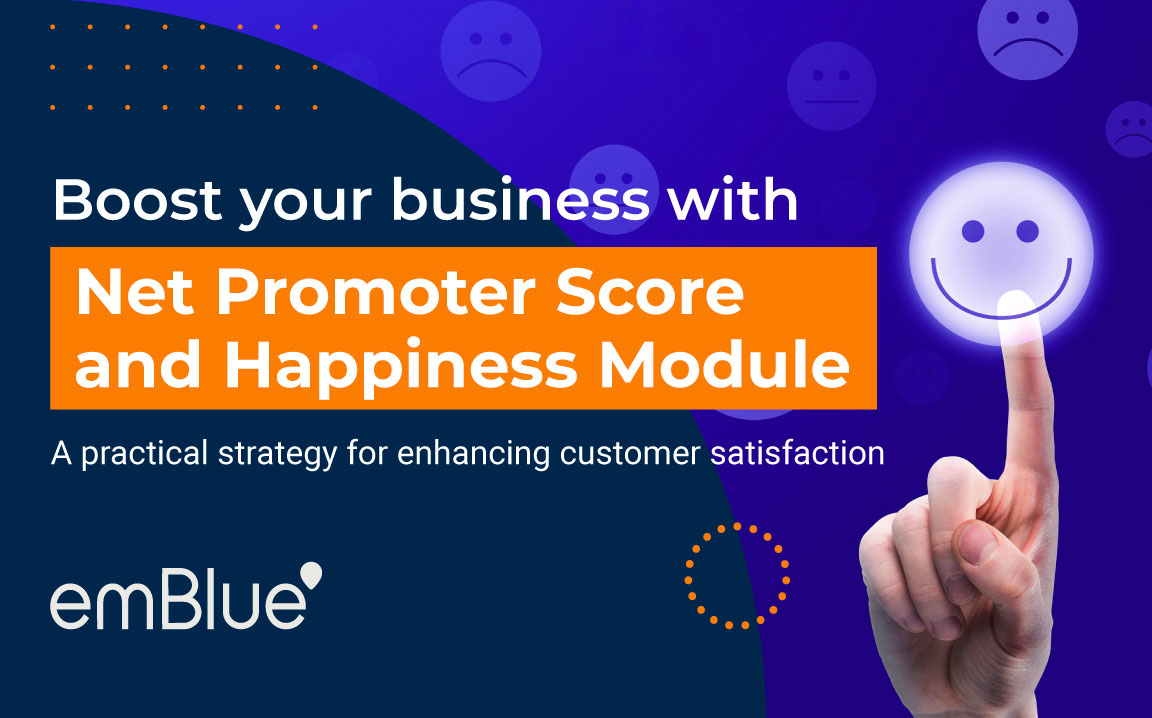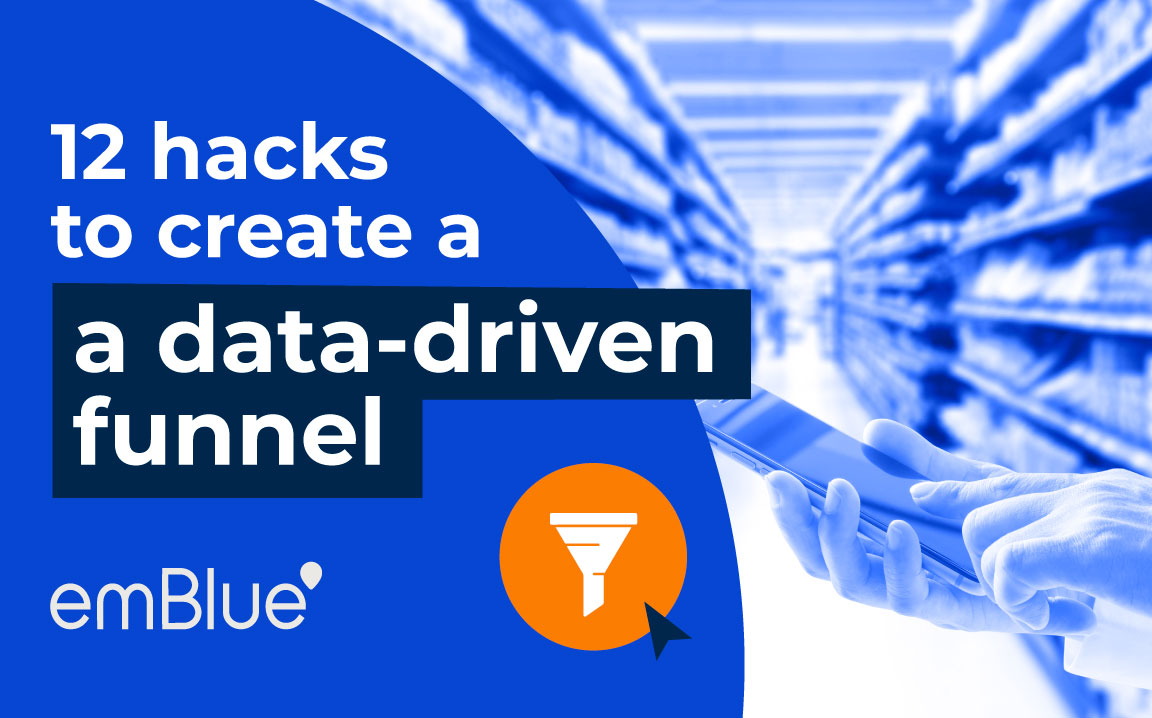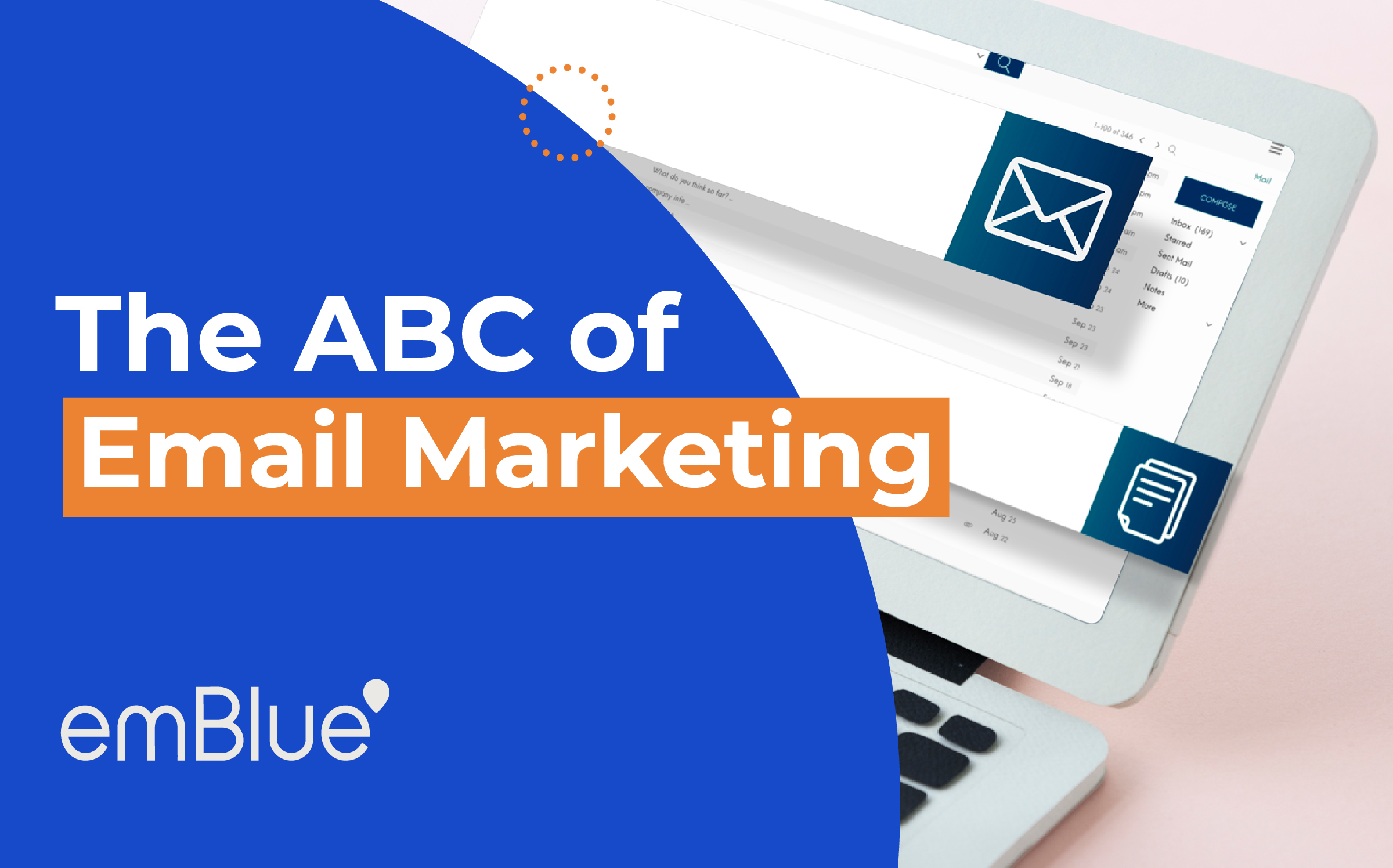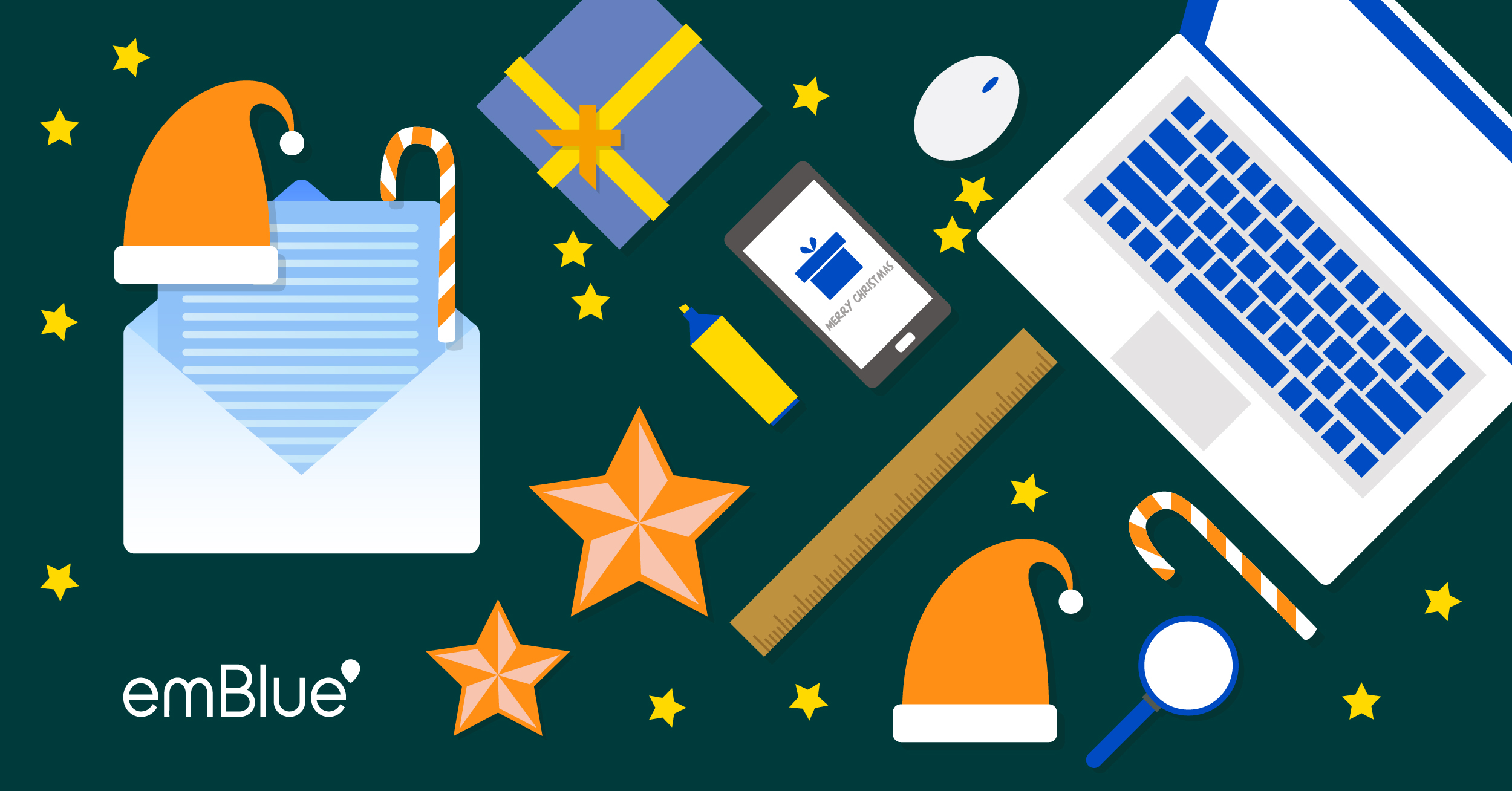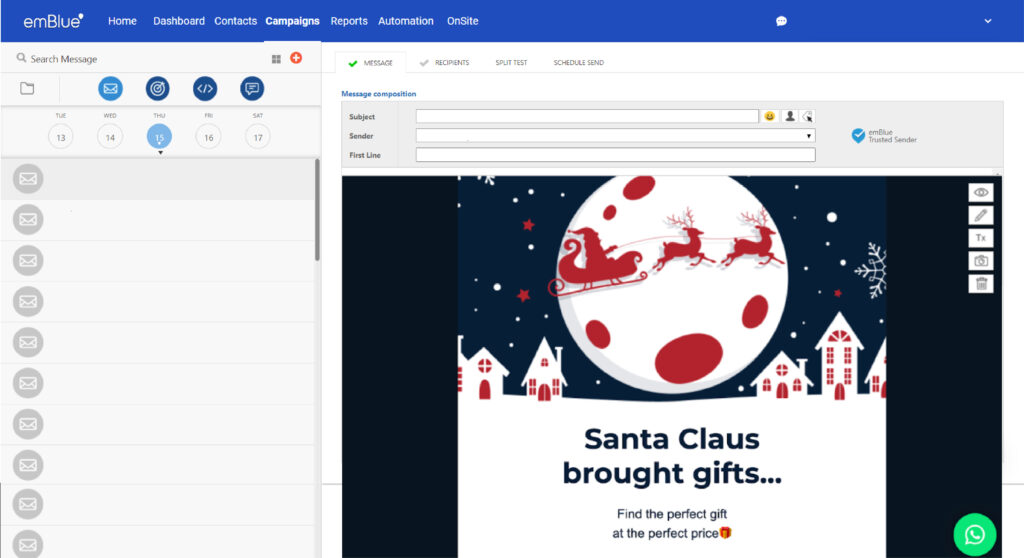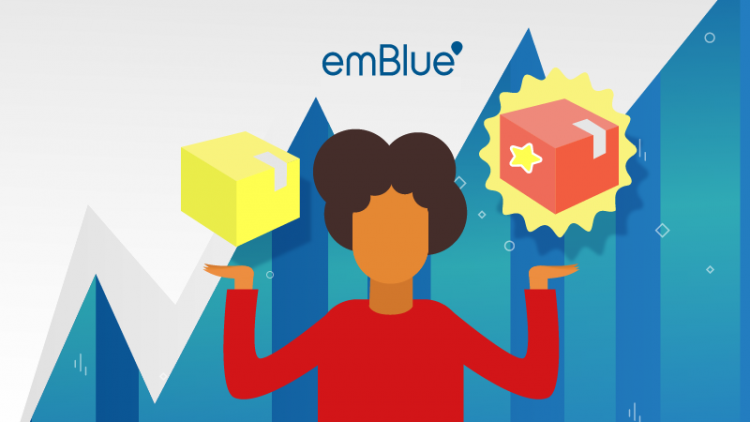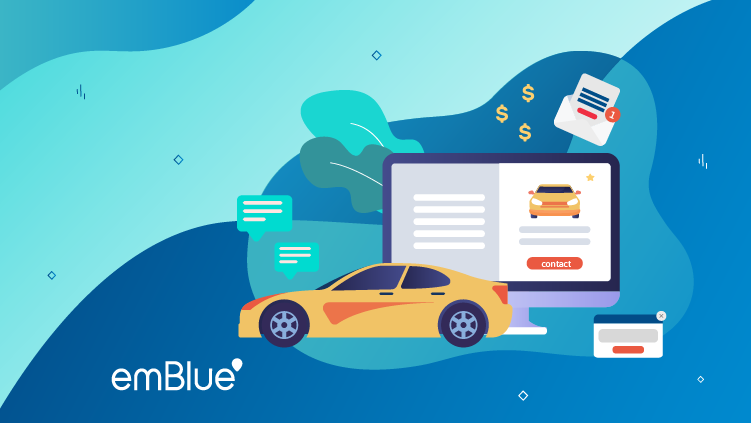Did you know that Google and Yahoo! have just changed the game? Both companies have announced new requirements for bulk email senders.
But what is the point? It is a way to fight against internet scams and the dreaded spam, through security protocols, and low spam rate strategies, among others. It will be implemented from February 2024. In today’s article, we will tell you about the new requirements for email senders. Take note!
What Google and Yahoo propose to prevent spam
Google and Yahoo! are offering us a fresh take on ease and security for 2024. In keeping with their privacy and data protection rules, both email providers have released new guidelines designed to shield senders from unsolicited mass emails.
According to Gmail, their new plan will take effect in the upcoming year with the primary goal of preventing scammers and worthless emails. In order to avoid being impacted by these changes, senders who send more than 500 messages in a day must incorporate the most recent standards.
Gmail will require email authentication when sending emails to Gmail accounts. It will also require a quick and easy unsubscribe process, forcing bulk senders to offer their users a quick and secure way to unsubscribe.
As to the statement made by Neil Kumaran, the Group Product Manager of Gmail Security & Trust, a lot of bulk senders fail to configure their systems correctly, which gives away their location to attackers. Gmail has concentrated on sender validation, one of the most crucial facets of email security, in order to resolve this problem.
Yahoo follows closely. The company’s goal is to provide secure bulk email, ensuring that recipients receive interesting messages and that the rest of the emails are left in the spam bin.
In order to do this, Yahoo announced that by 2024 senders will need to enable one-click unsubscribe, authenticate their emails using widely accepted authentication standards, and promote the distribution of user-valued content.
New guidelines for Google and Yahoo email
We must separate these additional requirements into two groups: those for all senders and those for individuals who send more than 5,000 messages daily, in order to gather more information about them.
Requirements for all senders
1. E-mail authentication
The goal of this policy is to stop and prevent cyberattacks like phishing and domain spoofing. Businesses that send emails to Yahoo or Gmail must use the Domain Keys Identified Mail (DKIM) or Sender Policy Framework (SPF) methods of authentication.
Keep in mind that SPF is an email authentication system that works to stop online fraud. It is feasible to confirm that approved email servers are communicating on behalf of a certain domain by using SPF records. For the benefit of both user and business security, an SPF record helps senders establish a better reputation and deters spammers who send emails pretending to be senders.
2. Low SPAM rates
Spam is still one of the main problems of email marketing campaigns. Nonetheless, with these new adjustments, businesses might see greater outcomes; nonetheless, everything will depend on the qualifications of the users.
This implies that your communications may end up in the SPAM folder if receivers report them as SPAM at a rate higher than the recently mandated 0.3%.

For senders with more than 5000 messages per day
1. E-mail authentication
Companies need to have Sender Policy Framework (SPF) and Domain Keys Identified Mail (DKIM) methods of authentication, just like with the first category.
2. Establish a DMARC policy
Newest in email authentication is Domain-based Message Authentication, Reporting & Conformance (DMARC). It guarantees that valid emails are appropriately verified against SPF and DKIM protocols and prevents fraudulent activity coming from domains that might seem to be under your company’s control.
With this technology, we can make the “from” header of the domain give us confidence. Keep in mind that, Gmail controls the DMARC quarantine policy, thus there is no Gmail impersonation in the “from” headers.
3 – Add the new CNAME record
The CNAME (Canonical Name) is a resource record in the Domain Name System (DNS) used to associate a domain name with another domain name.
According to Gmail and Yahoo policies, it is necessary to strongly authenticate the senders from which we send in order to prevent our mailings from becoming spam, to maintain security, and to provide recipients with a spam-free mailbox.
4. Provide quick and easy unsubscribe
For both Google and Yahoo!, this is one of the most important things you can do. Your marketing emails should include a one-step or two-step unsubscribe method.
To save time and expenses, your email marketing campaigns should include have an unsubscribe link in the message body.
5. Stay below the spam threshold
The purpose of these new regulations is to shield recipients from unsolicited or irrelevant communications. Due to this issue, Google sets a cap on the amount of spam that gets through.
Senders will have to maintain their spam complaints below 0.1% as of February 2024.
What do these changes mean?
There will soon be changes to email marketing, as we have seen. These new regulations aim to safeguard consumers against potential online fraud and theft while also guaranteeing that content is supplied with great value to the sender.
Although it’s crucial to note that these modifications may significantly affect your transmitting capabilities, they will go into effect in February 2024.
emBlue can help you
We recognize that email is an essential component of any marketing plan, but don’t be scared to use it! At emBlue, we provide you with the means to effortlessly set up the modifications, enabling you to maintain secure and spam-free inboxes.
We have a team of experts available around-the-clock to assist you with configuring SPF, DKIM, DMARC, and CNAME authentication records.
Additionally, you can send emails, push notifications, pop-ups, and more via emBlue’s omnichannel CRM.
Additionally, we have a brand-new feature called “Dynamic Segments” that enables your company to build a highly customized user experience by utilizing AI and machine learning to better understand your clients and produce hyper-personalized messaging.

